
Genre: 2D Action Platformer with Puzzle Elements
Release Date:13th December 2014
Teslagrad – Review
Get ready to learn more about electromagnetism than you ‘d ever feel comfortable with! Developed by Rain AS, Teslagrad is a game bound to make high-school physics teachers go wild with glee! Whoever said electromagnetism can’t be fun? (oh I know you ‘re out there, there’s no use denying it)
Story
Starting up the game, the first thing you ‘ll notice is the lack of any sort of dialogue or actual explanatory sequence. There is a guy dropping off a baby in some woman’s hands. You might think you ‘re said baby, the man could be your father, after all, he shares the same hair color; you can’t really tell. Suddenly, there’s troops about. They chase you and you don’t really know why but you ‘re pretty sure you can’t let them catch you. There’s a short man with a thick grey beard that looks as if he’s in charge. He looks menacing; the rain pours down the rooftops and you feel the need to keep on running. There’s a castle in the distance; you enter as to avoid capture.
In what seems to be a clear attempt by the developers, you are left wondering where you are and why you ‘re there in the first place. To a certain extent, it does let the imagination run rampart; one could hazard a guess that this is the intent behind this particular approach. You ‘re bound to discover bits and pieces later, that might clear up some things (especially if you spend the time looking for the game’s hidden capsules which reveal more of the story) but overall there is little in the way of initial story exposition.
Graphics
The game has a very turn of the 19th century “Russian” feel to it which becomes quite evident both in the game’s art direction and in the setting. Having said that I am awfully reminded of Tintin when I look at the main hero; If you ‘ve ever watched a east-European cartoon growing up you ‘ll probably feel right at home ( Tintin is a Belgian creation, I am very well aware, no need to get snippy)! There is a very drab pallet of colors in the game which helps set the tone quite well; you can almost feel the heavy-set atmosphere coming at you from the screen. Teslagrad is truly a beautiful game art-wise and many of its myriad of backgrounds could be considered works of art in themselves.
The game’s minimalist approach makes itself evident in the art direction more-so than anywhere else; you will seldom see more than two different types of objects on screen at any given time; this is definitely a game where less is more and it compliments the overall theme well, creating a certain oppressive atmosphere, however, it makes the game look barren and repetitive at times.
Then again there is also the overall “simplistic” nature of the background objects which at times makes you feel as if the game lacks variety; truly, after a while the puzzles seem to be losing their charm ever so slightly. The rooms themselves do seem a bit on the monotone side but every now and again you see a sculpture or some weird machinery in the background that truly brings the game to life and you find yourself staring in amazement at the artistic talent at work here.
As with most indie games, it is quite light as far as requirements are concerned and it should run on all but the most ancient of computers.
Sound
In tune with the overall theme (see what I did there?) the sound effects are rather simplistic in their nature, though that is not to say that they are done without skill or care. The music in itself, is of high quality and compliments the game nicely. There is a pervasive feeling of loneliness which is amplified by the somber, melancholic tones that serve as your solitary companion throughout the story.
Gameplay
Teslagrad is in essence, a platforming/adventure game with a heavy emphasis on puzzle-solving. For the most part you ‘re on the mercy of the laws of electromagnetics. In the start of the game you ‘re given a glove that has the power to imbue objects with negative or positive charge. You can charge two objects with the same type of current and watch them as they repel each other; mixing positive and negative current on the other hand forces objects to attract each other.
Keeping in-line with the staples of the genre, you even gain upgrades as you progress through the castle; things like a short-range teleport and even a hood that can change your polarity are added to your existing repertoire of abilities. These additions do help keep the game from getting too boring and there is a definite feeling of progression whenever you stumble upon them.
Having said that there are some issues that will affect your gameplay from early on. There is no real hand-holding in the game of any sorts and this sometimes can lead to a rather frustrating experience. As soon as the game starts,you ‘re left to your own devices; you ‘re given some rudimentary explanation of how the initial systems work (and I do mean rudimentary ) and then you ‘re left to figuring things out on your own and hoping for the best.
Perhaps I am being a bit too harsh in my criticism of said aspect but personally I’ve had many a “oh-dear-lord-whatever-do-I-do-here” moments, especially in the start of the game. Some might even consider this to be an advantage, in the way of a challenge that is to be overcome but one cannot help but think that this limits the flow of the game somewhat.
Furthermore, there are other things that might affect the already challenging nature of the game. The map is limited in its function and there is little if any in-game way of pointing you to the right direction. There are times, when you ‘re not really sure what the problem is exactly. It could be that you ‘re not solving a puzzle correctly or, alternatively, you might just be in the wrong room for that particular stage of the game; there’s no way to tell. The effects this can have on a player can vary from mild annoyance all the way to “I-am-just-gonna-walk-away-from-the-keyboard-now” type of situation.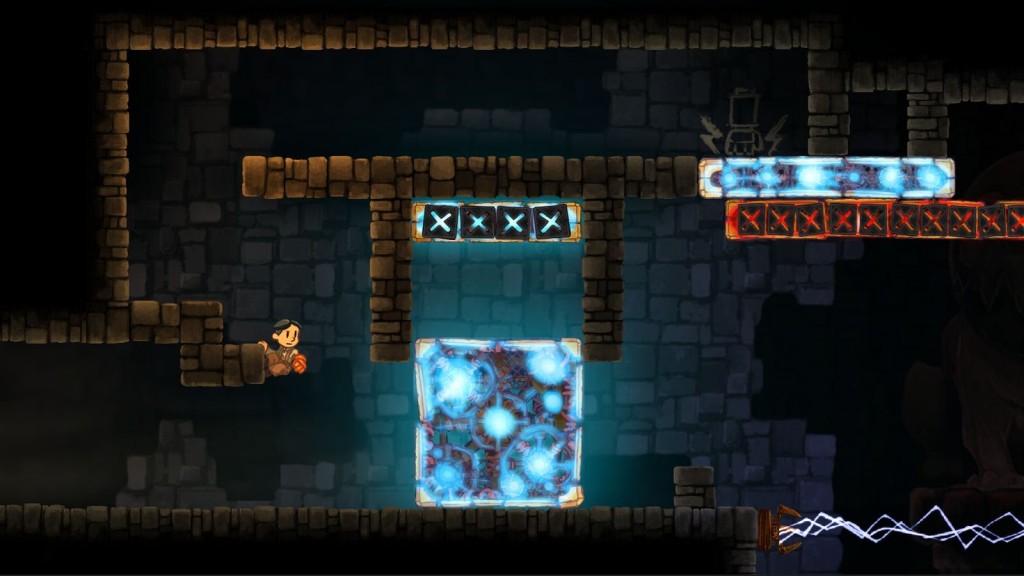
This is not helped by the fact that you have a single hit-point to call your own. During the game’s many boss fights, you ‘ll find yourself dying time and time again, leaving no room for any mistakes. This does give you a gratifying feeling once you ‘ve managed to actually kill the bosses, but once again, it could very well lead you to abandon the game all-together.
Finally, there is an added element of exploration to this game. Scattered throughout the levels are 36 capsules that when found, reveal a bit about the backstory of the game. Same as everything else, you ‘re left on your own as to the location or way of accessing said capsules but at least you ‘re given a reason to go exploring around the castle, adding a bit of extra game-time in the process.
Conclusion
Teslagrad is not a game for everyone; with its peculiar design and old-school approach, it will alienate a lot of people. However, if it manages to charm you with its unique and challenging gameplay and colorful art design, you ‘re definitely in for a treat.
Teslagrad - Review,3 Comments
Leave a Reply
You must be logged in to post a comment.

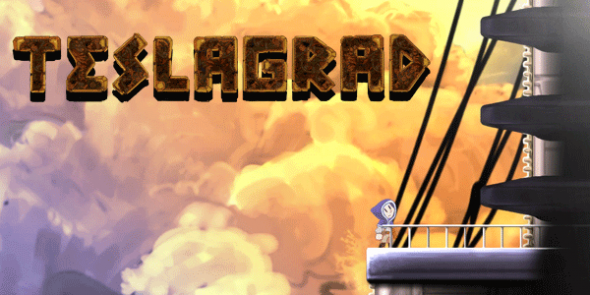
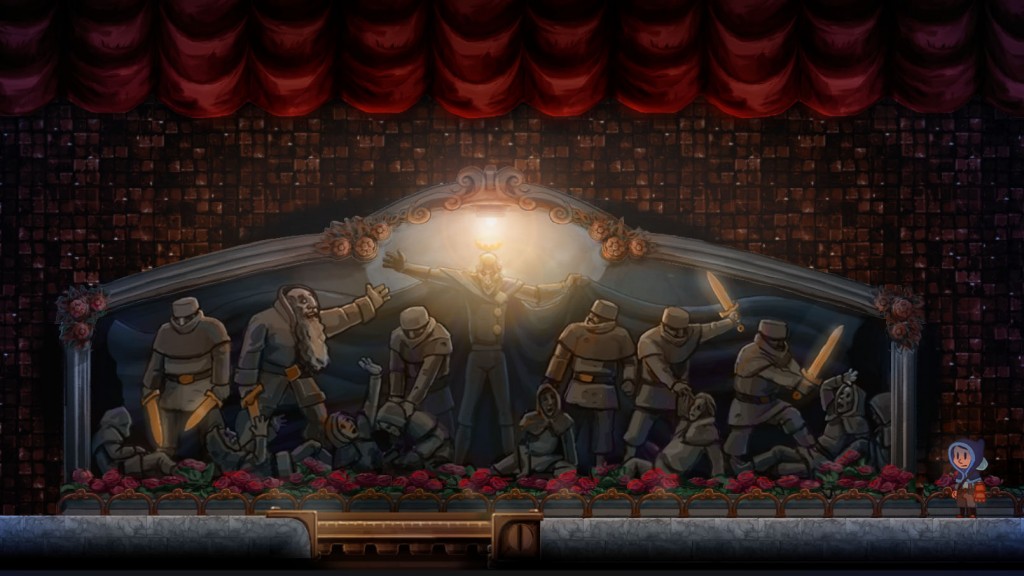
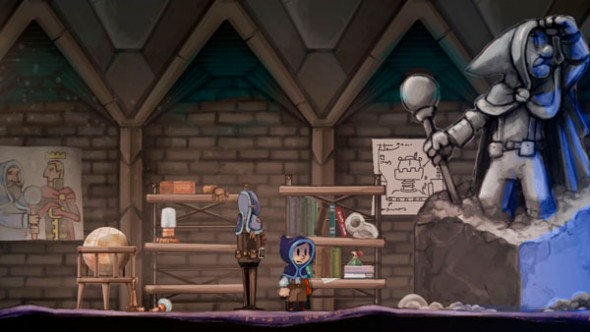



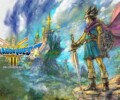

[…] Teslagrad is the new side scrolling platform puzzle game made by SOEDESCO and Rain Games. The boxart is the result of a community event where the fans of Teslagrad could choose between several different boxarts. The game that is about magnatism and electricity will be completely without speech and will be released on PS4, PS3, Wii U, PS Vita and PC. If you want to know more about the upcoming game, check out our review. […]
[…] Be sure to check out our review here. […]
[…] those who missed our earlier review of Teslagrad, which can be found here, it is a critically acclaimed 2D platformer with beautiful artwork. December 3rd it’ll be […]